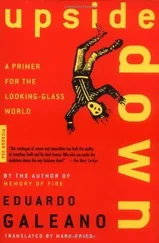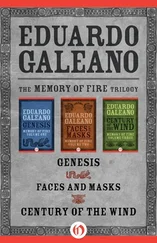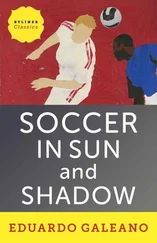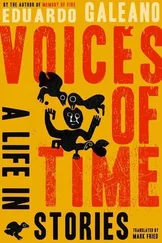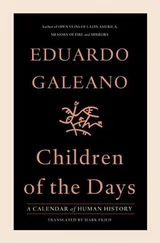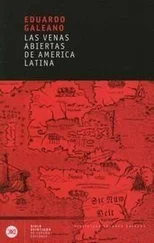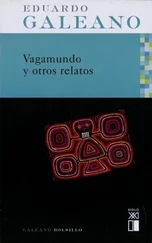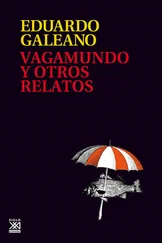Isabella, born on Holy Thursday and a devotee of Our Lady of Anguishes, founded the Spanish Inquisition and named as her confessor the celebrated Supreme Inquisitor, Torquemada.
Her last will and testament, inflamed with mystical ardor, emphasized defending the purity of the faith and the purity of the race. Of the kings to come she begged and commanded them “never to cease fighting for the faith against the infidels and always to give great favor to matters of the Holy Inquisition.”
THE AGES OF JUANA LA LOCA

At the age of sixteen, she marries a Flemish prince. Her parents, the Catholic Monarchs, marry her off to a man she has never met.
At eighteen, she discovers the bath. An Arab maiden shows her the delights of water. Juana, thrilled, bathes every day. A shocked Queen Isabella comments: “My daughter is abnormal.”
At twenty-three, she tries to regain her children, who for reasons of state she rarely sees. “My daughter has lost her marbles,” remarks her father, King Ferdinand.
At twenty-four, on a trip to Flanders, her ship sinks. Unflappable, she demands her food be served. Her husband, stuffed into an enormous lifesaver and kicking wildly in fear, screams, “You’re crazy!”
At twenty-five, scissors in hand, she hovers over several ladies of the court suspected of marital infidelity, and clips their curls.
At twenty-six, she is a widow. Her husband, recently proclaimed king, drank a glass of ice-cold water. She suspects it was poisoned. She sheds not a tear, but from then on dresses perpetually in black.
At twenty-seven, she spends her days seated on the throne in Castile, staring into space. She refuses to put her signature to laws, letters, or anything else they place before her.
At twenty-nine, her father declares her insane and locks her up in a castle on the banks of the Duero River. Catalina, the youngest of her daughters, stays with her. The girl grows up in the cell next door, and from her window watches other children play.
At thirty-six, she is alone. Her son Charles, soon to become emperor, has taken Catalina away. She refuses to eat until they bring her daughter back. They tie her up, beat her, oblige her to eat. Catalina does not return.
At seventy-six, after nearly half a century of prison life, the queen who never reigned dies. For a long time she has been immobile, gazing at nothing.

The son of Juana la Loca was a king of seventeen crowns, inherited, conquered, or bought.
In 1519, in Frankfurt, having convinced the electors of the Holy Roman Empire with two tons of gold, he became emperor of all Europe.
This persuasive argument was lent to him by bankers: the Germans Fugger and Welser, the Genovese Fornari and Vivaldo, and the Florentine Gualterotti.
Charles was nineteen years old and already a prisoner of the bankers.
He reigned in reins.

One night in Madrid I asked a taxi driver:
“What did the Moors bring to Spain?”
“Trouble,” he answered without a trace of hesitation or doubt.
The Moors were Islamic Spaniards who called Spain home for eight centuries, thirty-two generations, and whose culture shone there as nowhere else.
Many Spaniards know nothing of the light still glowing from those lamps. The Muslim legacy includes:
religious tolerance, later crushed by the Catholic Monarchs,
windmills, parks, and aqueducts that still quench the thirst of several
cities and their surrounding fields,
the postal service,
vinegar, mustard, saffron, cinnamon, cumin, cane sugar, churros,
meatballs, dried fruits,
chess,
zero and the other digits we use,
algebra and trigonometry,
classic works by Anaxagoras, Ptolemy, Plato, Aristotle, Euclid,
Archimedes, Hippocrates, Galen, and others, which became known in
Spain and in Europe through their Arabic translations,
the four thousand Arabic words in the language of Castile,
and several cities of incredible beauty, like Granada, of which an
anonymous verse sings:
Please give the man a penny,
Lady, you must be kind,
His sorrow is worse than any,
To be in Granada and be blind.

Jewish and Muslim cultures flowered side by side in Spain under the caliphs.
Two sages, Maimonides, a Jew, and Averroes, a Muslim, were born nearly at the same time in Córdoba in the twelfth century, and they traveled down the same path.
Both were physicians.
The sultan of Egypt was a patient of Maimonides, and Averroes took care of the caliph of Córdoba without ever forgetting, as he wrote, that “most deaths are caused by medicine.”
Both were jurists too.
Maimonides consolidated Hebrew law, up to that point dispersed among many books, and he brought coherence and unity to the myriad rabbinical writings on the subject. Averroes was the highest judicial authority in all of Muslim Andalusia, and his decisions set precedents under Islamic law for centuries.
And both were philosophers.
Maimonides wrote Guide for the Perplexed to help the Jews, who had discovered Greek philosophy thanks to Arabic translations, overcome the contradiction between reason and faith.
That contradiction condemned Averroes. Fundamentalists accused him of putting human reason before divine revelation. Even worse, he refused to limit the exercise of reason to the male half of humanity, and said that women in several Islamic nations were treated like vegetables. He was banished.
Neither man died in the city of his birth. Maimonides died in Cairo, Averroes in Marrakesh. A mule took Averroes back to Córdoba. The mule carried his body and his outlawed books.

When triumphant Catholics invaded the Córdoba mosque, they smashed half of the one thousand columns and filled the edifice with suffering saints.
The Córdoba Cathedral is now its official name, but no one calls it that. It remains the Mosque. This forest of stone columns, the survivors, is still a Muslim temple, even though prayers to Allah are prohibited.
At the ceremonial center, in sacred space, lies a boulder, large and unadorned.
The priests allowed it to stay.
They believed it was mute.

Back in the year 1600-something, sculptor Luis de la Peña wanted to sculpt light. In his workshop on an alley in Granada, he spent his entire life trying and failing.
It never occurred to him to look up. There, on the crest of a hill of red earth, other artists had sculpted light, and water too.
In the turrets and gardens of the Alhambra, crown of the Muslim kingdom, those artists had made the impossible possible.
The Alhambra is not a stationary sculpture. It breathes water and light and plays with them as they cavort with each other: liquid light, shining water.

The great-grandson of Queen Isabella, Emperor Philip II, sworn enemy of water and light, reiterated certain prohibitions against the Moors, and as the year 1567 began, he decided to implement them with an iron fist.
Читать дальше








